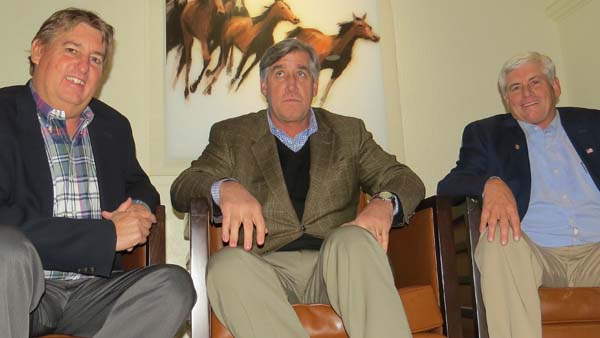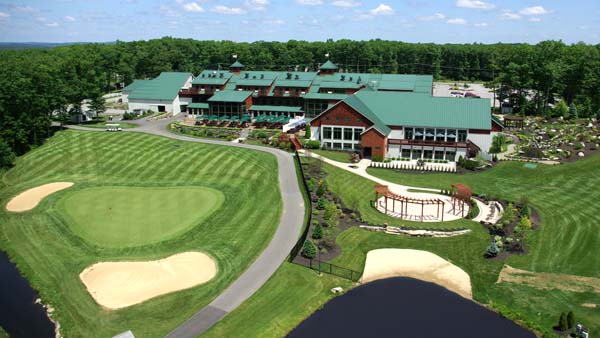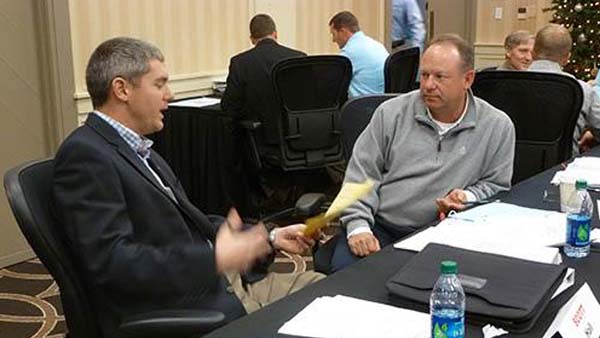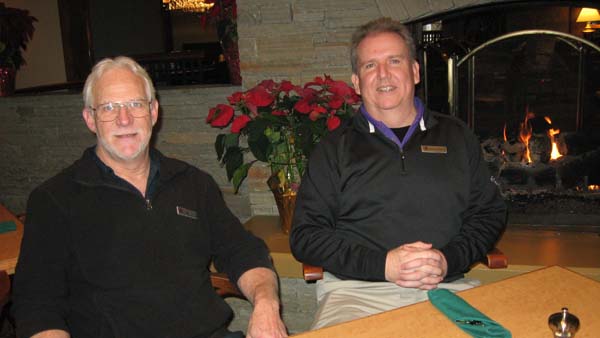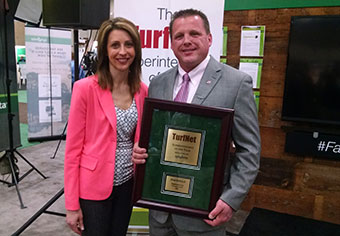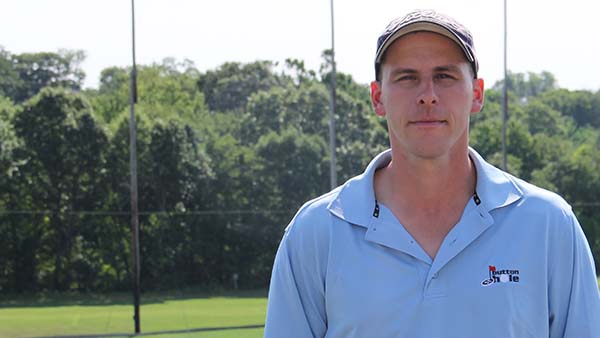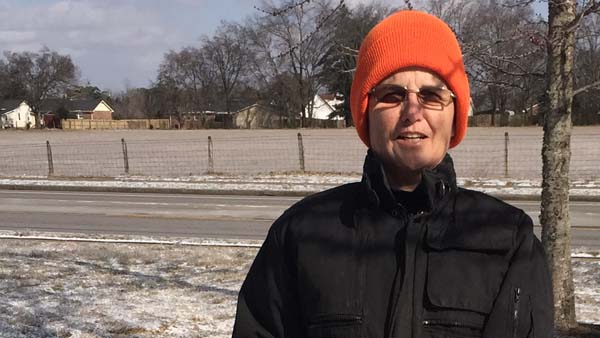
News and People Briefs
By John Reitman, in News,
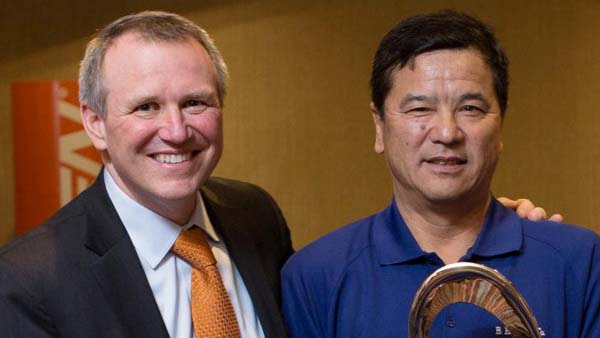
Jacobsen recently recognized its top-performing dealers and sales personnel at this year's Golf Industry Show in San Antonio. B. Hayman, a Hawaii-based dealer with 45 years in the industry was named Jacobsen's Dealer of the Year, which is based on a dealer's sales growth, market penetration and market share.
Individual dealer salesperson awards went to Mitch Stewart of Turfwerks (Minnesota, Iowa, South Dakota, North Dakota, Nebraska, and Missouri), Duane Cyr of Jacobsen'sdirect location in South Florida and Mike Harmon of C&M (Texas, Colorado, and New Mexico). Krigger & Co. Inc. (Pennsylvania and West Virginia) and Wilfred MacDonald (New Jersey and New York) were recognized for 85 years of service as Jacobsen dealers. Others recognized with Years of Service awards as Jacobsen dealers were B. Hayman for 45 years, RMT Equipment (Northwest) for 30 years and TurfWerks for 10 years. In addition, Lawn & Golf Supply Co., Inc. (Pennsylvania, New Jersey, and Delaware) picked up the Dealer Service Award, which recognizes superior customer service. Asia-Pacific dealers recognized were Mikuni Shoko Company (Japan), which was named winner of the Asia-Pacific Outstanding Service Award, Power Turf (New Zealand), which received the Asia-Pacific Investment in After Sales Support Award, and McIntosh and Sons (Western Australia), winner of the Asia-Pacific Sales Conquest Award.
Wiblishauser joins Grigg Brothers
Grigg Brothers recently named John Wiblishauser as technical sales representative for the Northeast and Mid-Atlantic region. He replaces Gordon Kauffman III, Ph.D., who recently was named technical manager for Grigg Brothers and Brandt turf and ornamentals. Wiblishauser's responsibilities include sales and business development, agronomic and technical support, and interfacing with supply channel partners. Wiblishauser is a graduate of the Rutgers University golf course management program. Prior to joining Grigg Brothers, Wiblishauser previously held business development and technical sales positions with Petro-Canada and Bayer. As technical manager for Grigg Brothers and Brandt, Kauffman, who earned a doctorate at Penn State University, will focus on new product development, trials and market development of the Grigg Brothers and Brandt turf and ornamental product portfolios. Reicher named to Bayer team
Bayer recently named Frank Wong, Ph.D., to the position of senior regulatory affairs consultant working in stakeholder engagement. A former turf pathologist with the University of California at Riverside, Wong had been a member of the Bayer Environmental Science Green Solutions Team since 2011.
Bayer Environmental Science has hired Zac Reicher, Ph.D., of the University of Nebraska to fill the vacated position on the Green Solutions Team. Bayer's Green Solutions Team ?translates research into practical, real-world solutions for tough turfgrass pests and stress, and helps look for new ways to manage challenges that turf managers face.? The group, that also includes Rob Golembiewski, Ph.D., Derek Settle, Ph.D., and Laurence Mudge, recently completed a Bayer Golf Solutions Guide for both warm- and cool-season turf. Each guide provides solutions, technical information sheets and recommended maintenance programs for warm- and cool-season golf course turf.
Deere marks manufacturing milestone
John Deere recently marked a manufacturing milestone with the completion of the 500,000th unit built at the Turf Care factory in Fuquay-Varina, North Carolina. The unit, a John Deere ZTrak mower, will be on display at several upcoming local events.
In 1997 the factory produced its first unit ? a Lightweight Fairway Mower. Today, Turf Care produces 10 different models of commercial mowing and golf equipment that are distributed throughout North America and exported to more than 100 countries. Commercial mowing and golf equipment products manufactured by Turf Care include the wide area mower, front mower, gas and diesel ZTrak mowers, trim and surround mower, fairway mower, greens mower, ProGator and 7-Iron decks.
- Read more...
- 4,776 views





